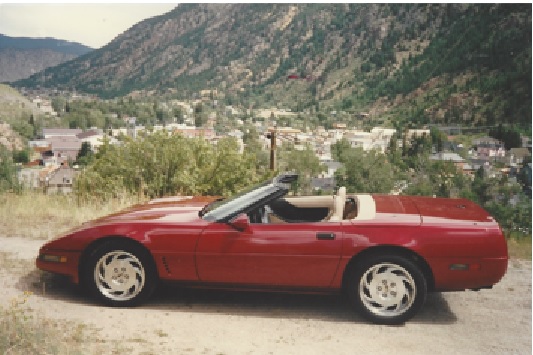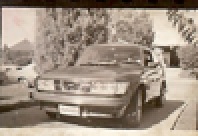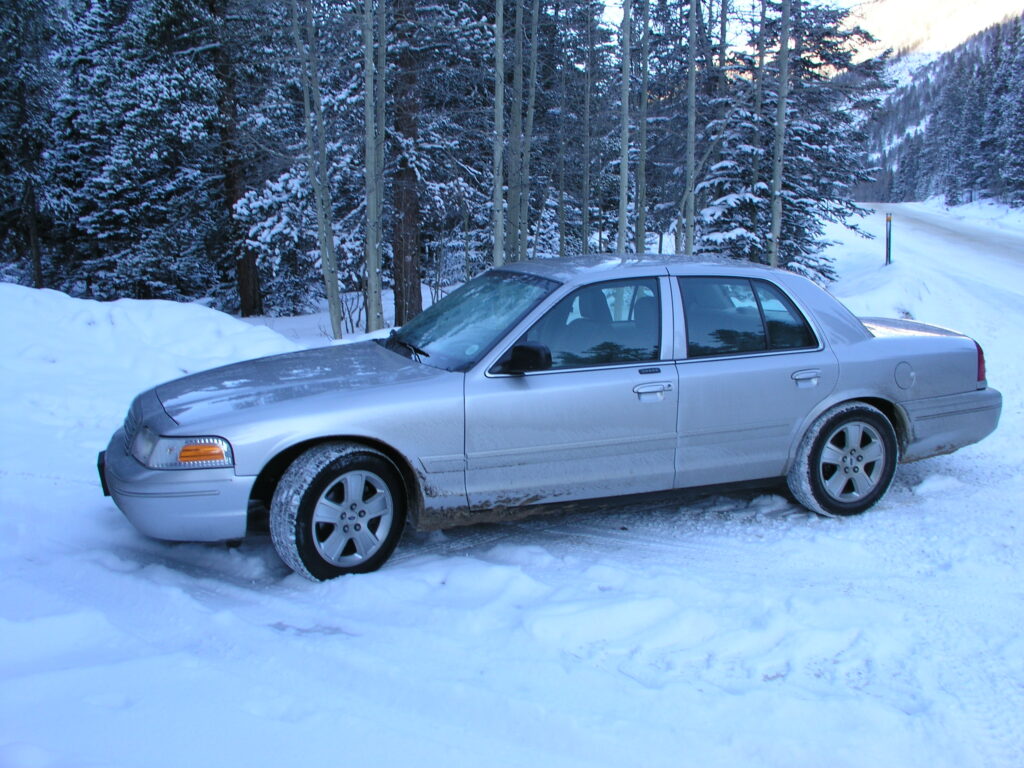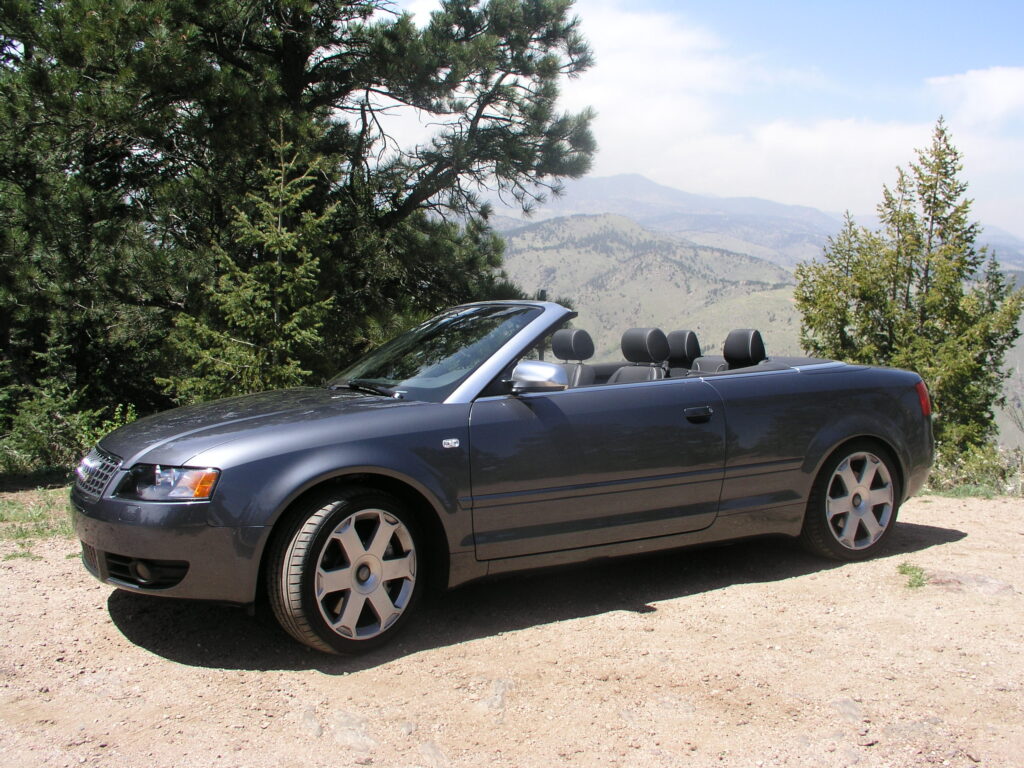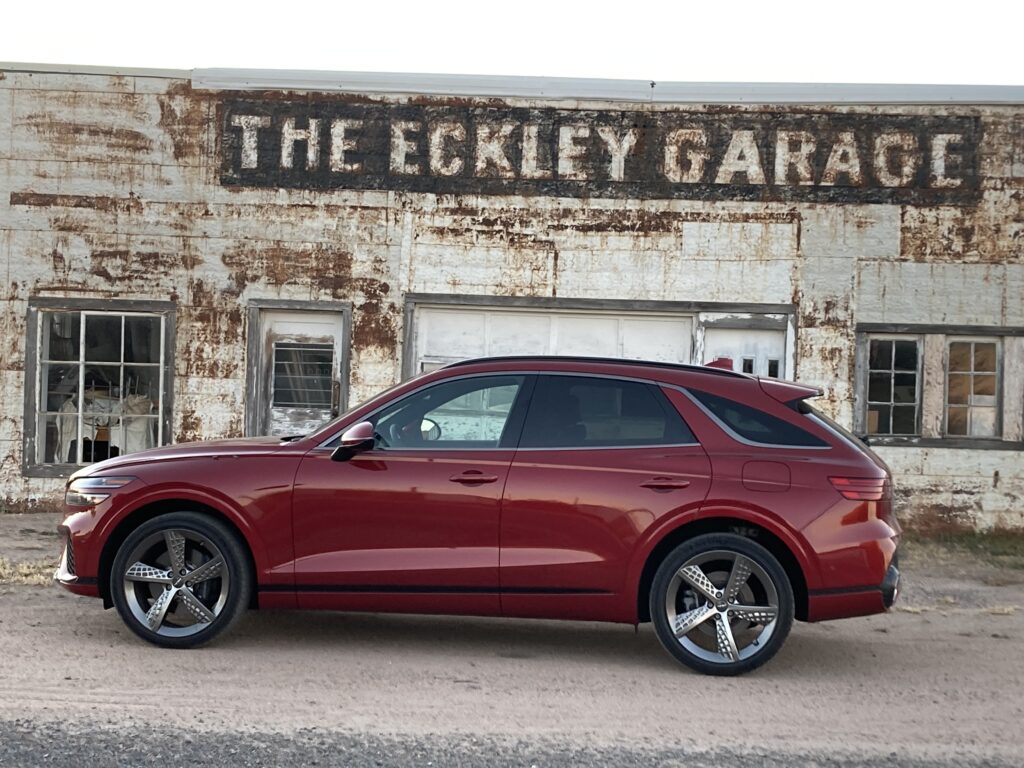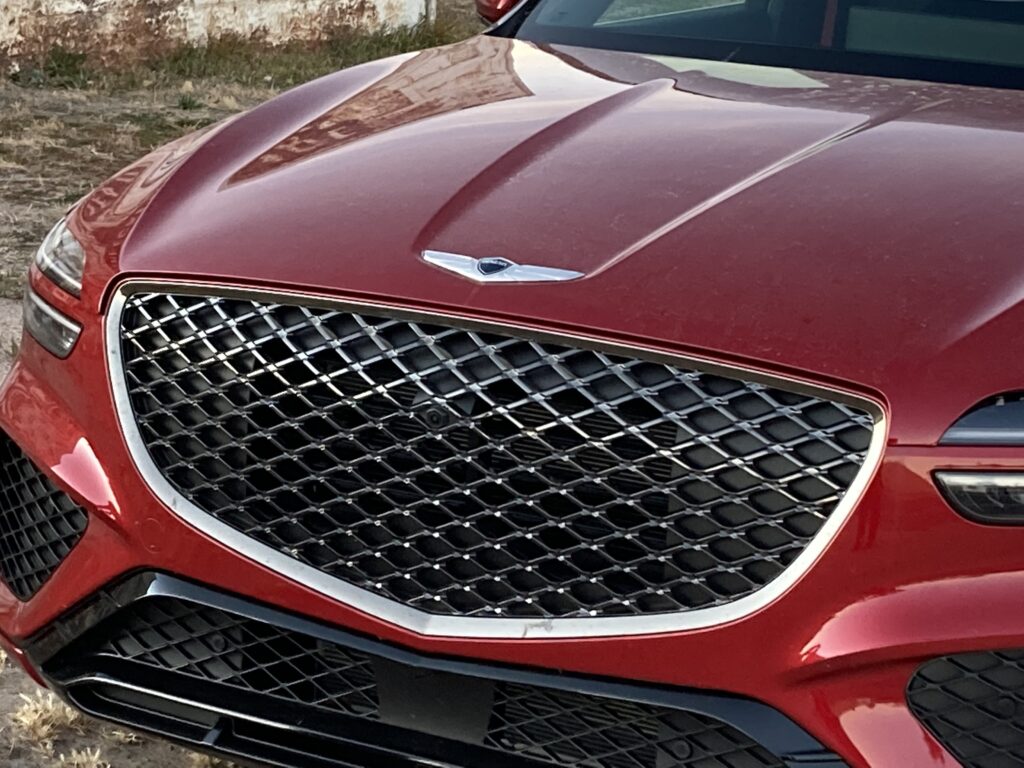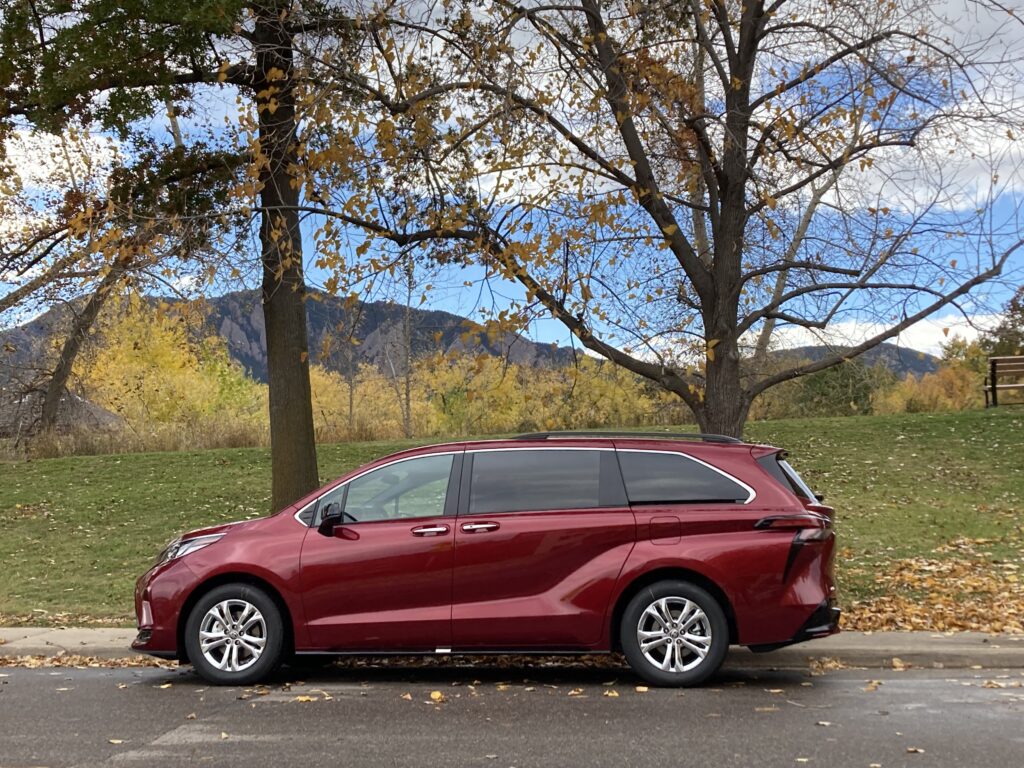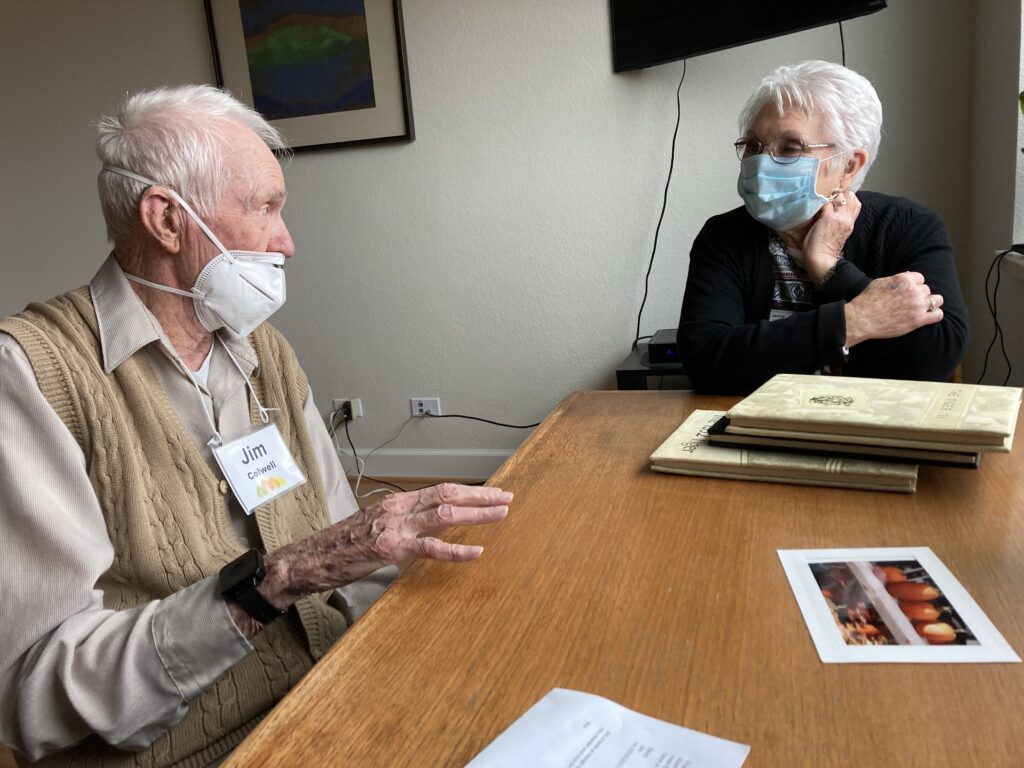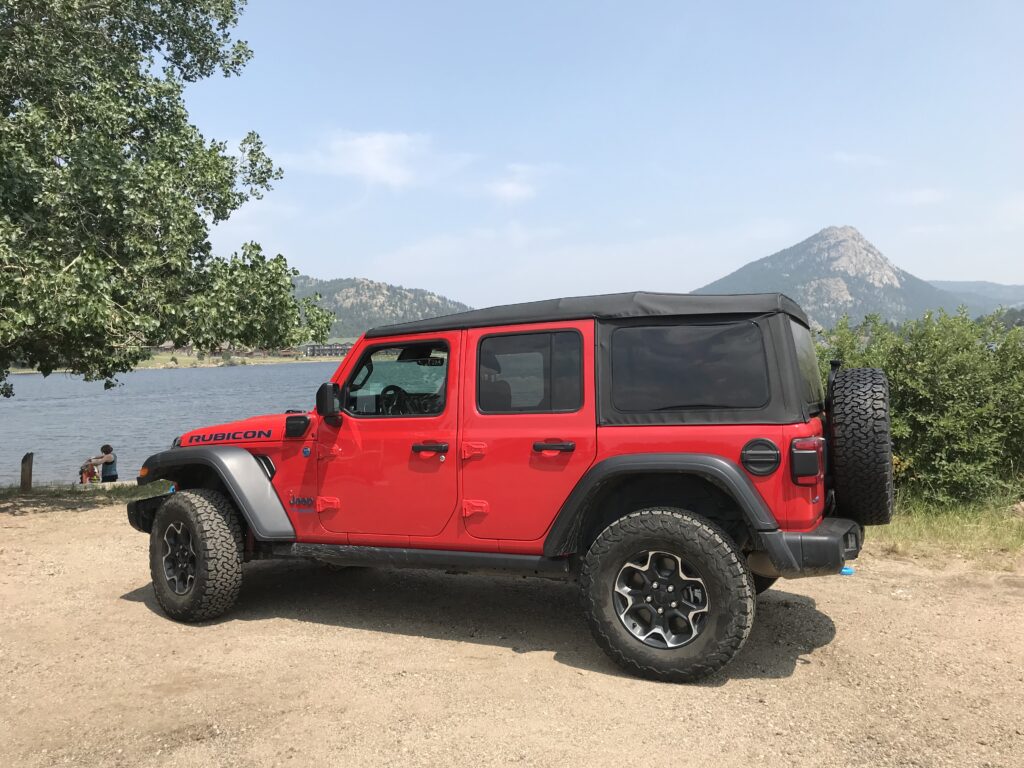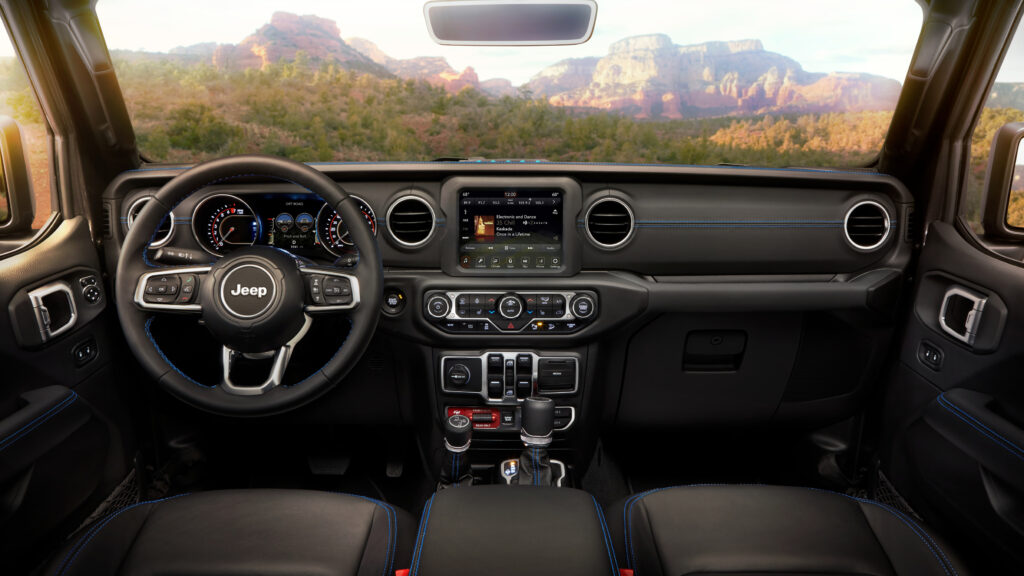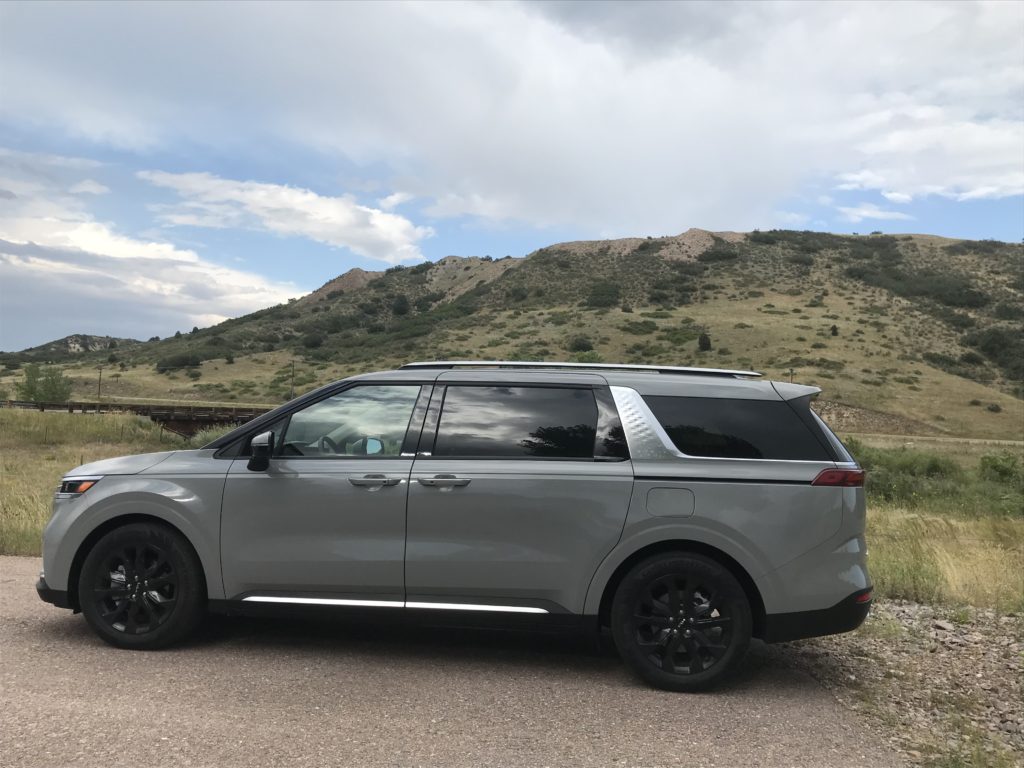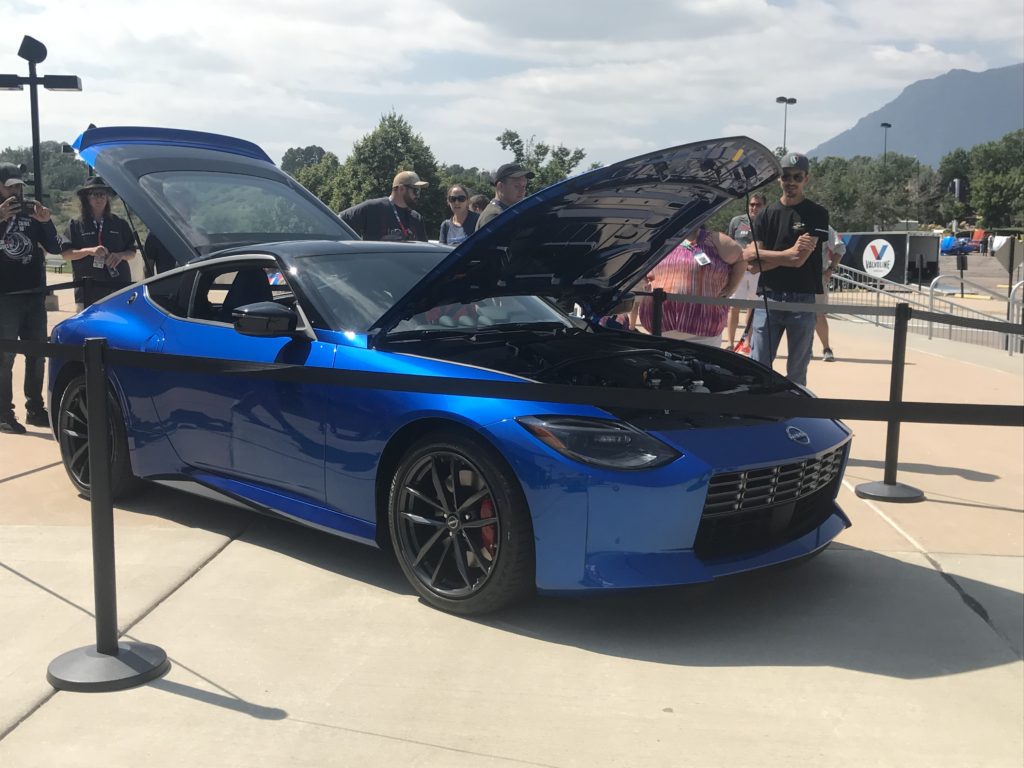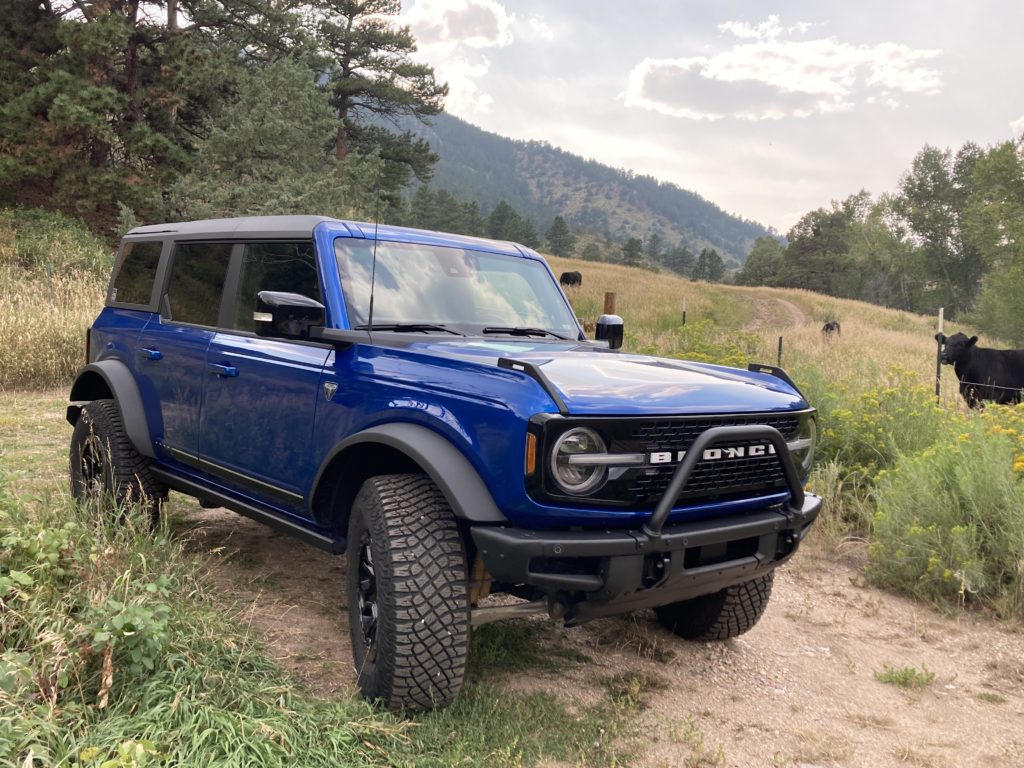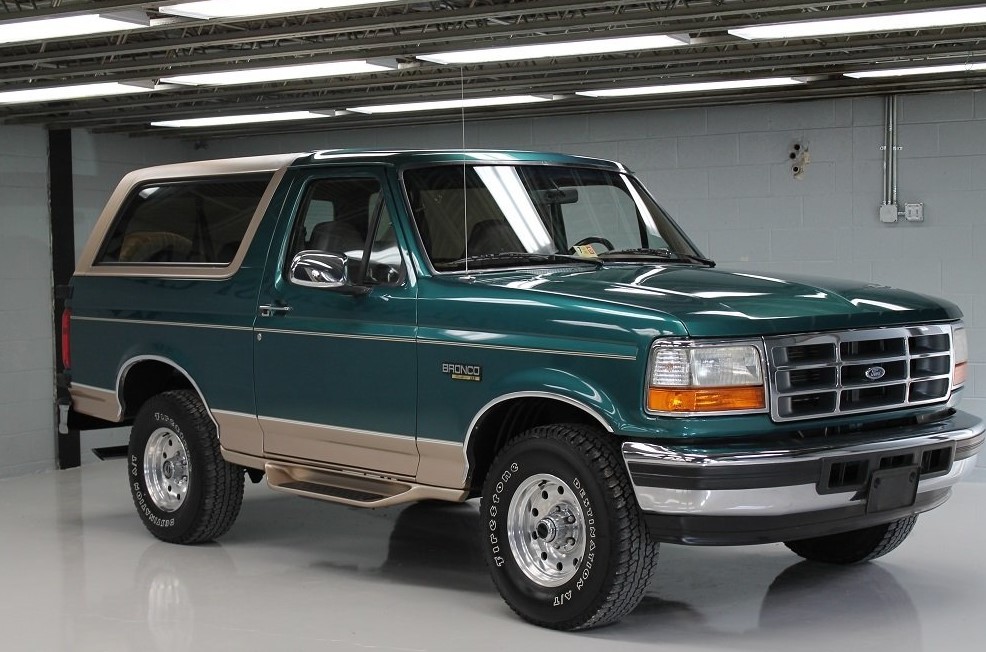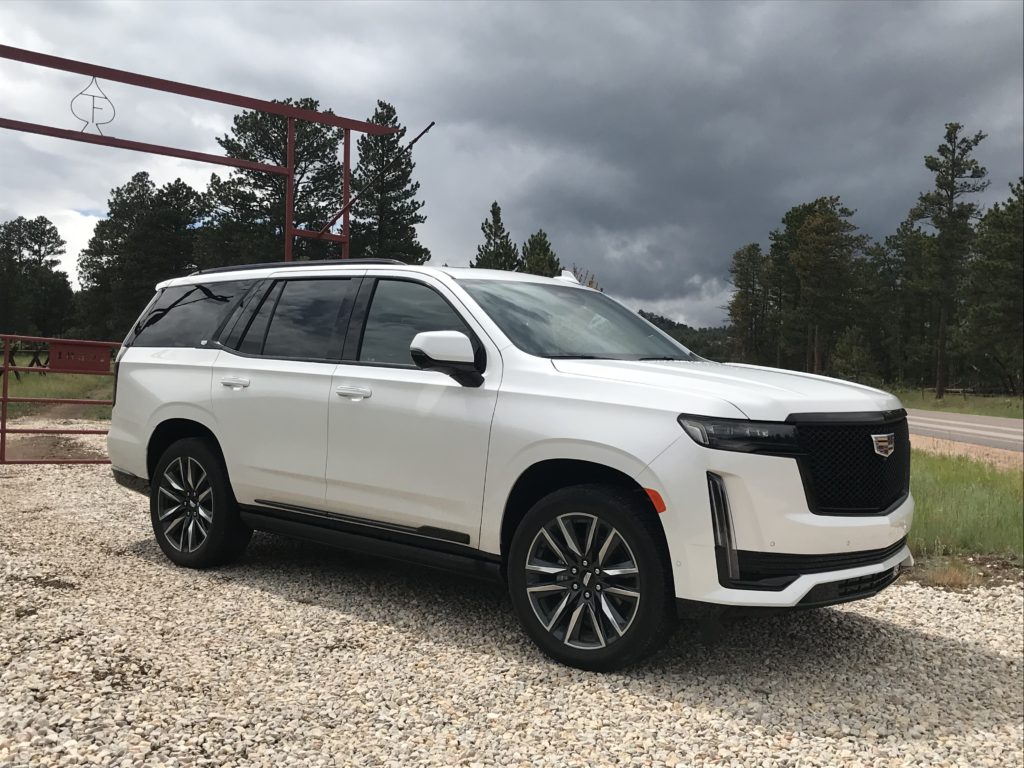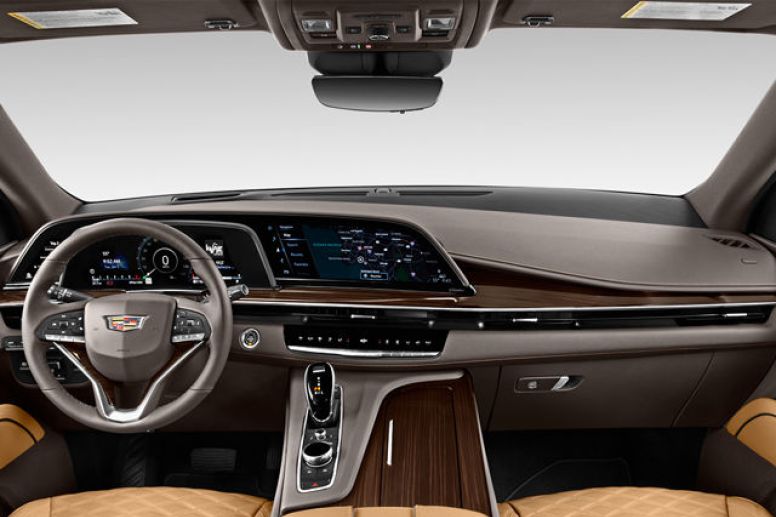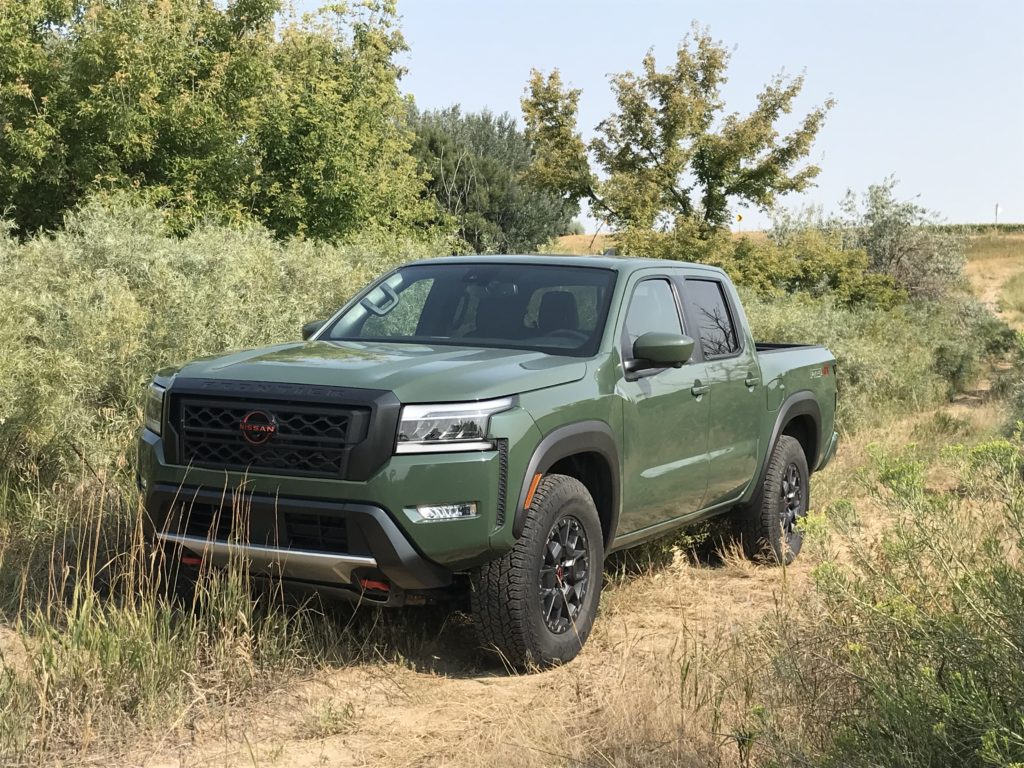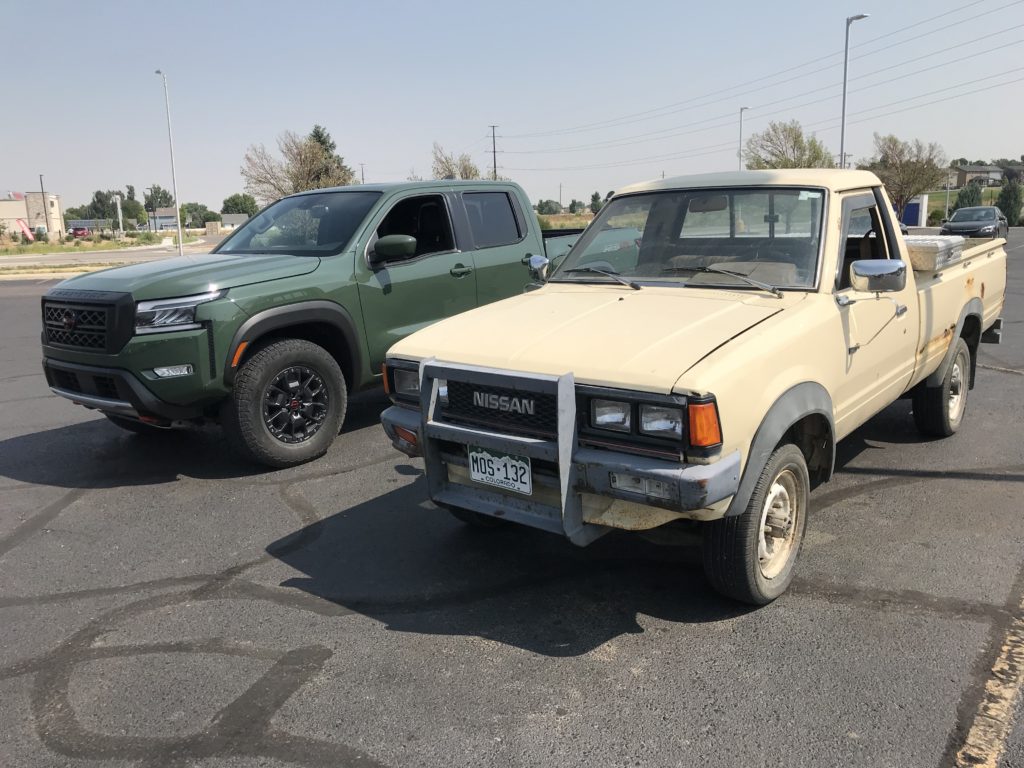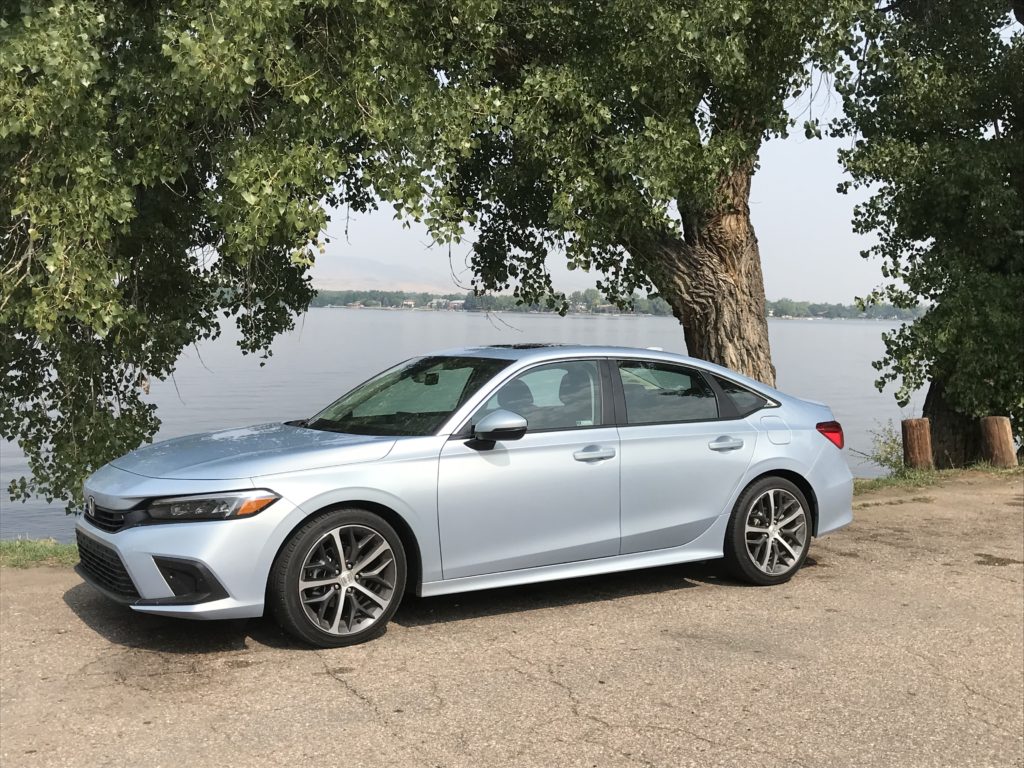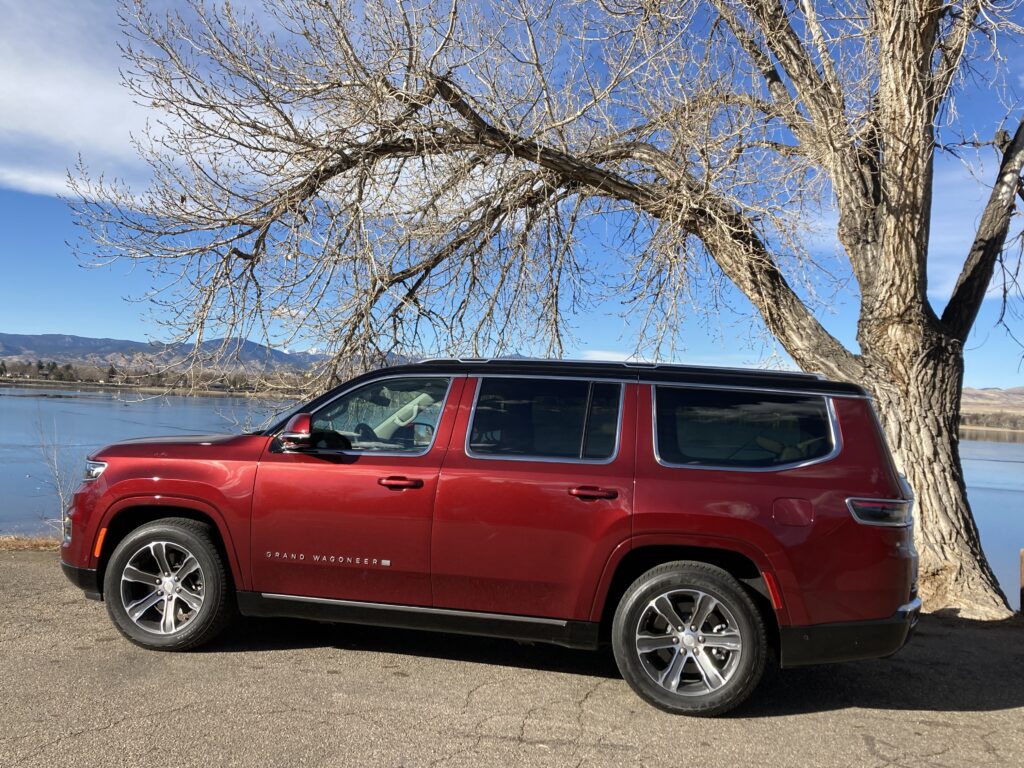
“Merry Christmas” I shout out from the open window of the 2022 Jeep Grand Wagoneer.
It is a special time for me, as the Grand Wagoneer is the 2,500th car or truck I’ve reviewed over the past 44 years – since Christmas Eve 1977.
Of those 2,500 models I’ve driven, 162 were Fords, the most for any of the 70 brand names, followed by Chevrolet, Toyota, Nissan, Volkswagen and BMW.
It started Dec. 24, 1977, when I walked out of The Denver Post building at 15th and California downtown and rode north to Griffith Chrysler Plymouth in Northglenn and was handed keys to a ’78 Chrysler Cordoba.
The next four drives were in an AMC Pacer Wagon, Mercury Zephyr Z-7, Volkswagen Rabbit Diesel and Pontiac Trans Am. Cheapest I drove were a ’78 Mazda GLC at $4,030 and ’78 Chevrolet Monza at $4,085. Highest-priced was the 2021 Rolls-Royce Cullinan at $394,275 last summer.
Majority of my reviews were in The Post, though diversions earned me columns in the Rocky Mountain News, Pueblo Chieftain, Villager, Greeley Tribune.
For the 2,500th, it is the big, new Grand Wagoneer, Jeep’s pricey step up into the luxury SUV field to compete with Cadillac and Lincoln, even Range Rover and Mercedes.
The Grand Wagoneer, with overall length of 214.7 inches and curb weight of 6,340 pounds, performs impressively with a 471-horsepower, 455 lb.-ft. torque, 6.4-liter Hemi V-8, 8-speed automatic transmission and four-wheel drive.
It comes in four trim levels – Series I at $87,845, Series II $95,440, Series Obsidian $100,400 and Series III $104,845.
The Series I model I drove was finished in velvet red with a painted black cap and seven-bar grille out front. One of the first I showed it to, said, “I thought it might be a bit sleeker,” to which I replied, “Jeep hasn’t used the word ‘sleek’ in 80 years.”
Today’s automotive luxury field is low volume in sales, but very high in profit. The Grand Wagoneer, based on body-on-frame underpinnings derived from the Ram 1500, features independent rear suspension rather than solid rear axle, for smoother ride.
The popular Quadra Lift air suspension, which automatically adjusts between efficiency on the highway and greater ground clearance in offroading, is standard on the Grand Wagoneer. Twenty-inch wheels are standard on Grand Wagoneer Series I, while the upper trim levels get 22-inchers.
As the Hemi roars with high levels of power, the EPA estimate remains low in fuel mileage – 13 in town, 18 on the highway, my driving averaged 15.4 mpg.
A beautiful, plush interior is a highlight of the new offering and includes a Mcintosh sound system, newly refined for the automotive field. McIntosh designed the special audio for the 100th anniversary Ford GT in 2003.
One late afternoon in the Jeep, there I was at the busy postal depository for my handful of Christmas cards, window down and several more cars pulling in line behind me. In order to reach the small slot in the postal chute, I unhooked my seatbelt, stretched my arm to its length and tipped the cards in. Half a dozen cars waiting behind me now, I twisted the dial shifter to D, pressed lightly on the throttle, got nothing, no forward movement. Tried again, moved shifter back to P, then past R and N to D, deeper into throttle, got noise, nothing else. Another 20 seconds, Jan offered some words of advice, I noticed my seat belt light flashing, buckled the belt, moved shifter to D, accelerated and pulled away from the post office.
Following are the numbers of each make I’ve driven through the years:
List of 2500 Vehicles Driven
- Ford 162,
- Chevrolet 145,
- Toyota 126,
- Nissan 124,
- Volkswagen 104,
- BMW 103,
- Dodge 101,
- Mercedes-Benz 99,
- Subaru 92,
- Mazda 87,
- Audi 85,
- Jeep 73,
- Volvo 71,
- Infiniti 69,
- Chrysler 65,
- Honda 65,
- Lexus 61,
- Cadillac 57,
- Kia 56,
- Hyundai 53,
- Land Rover/Range Rover 49,
- GMC 47,
- Jaguar 47,
- Mitsubishi 47,
- Acura 44,
- Pontiac 44,
- Buick 40,
- Suzuki 36,
- Lincoln 33,
- Mercury 31,
- Ram 28,
- Saab 28,
- Oldsmobile 24,
- Saturn 21,
- Mini 19,
- Fiat 17,
- Porsche 17,
- Isuzu 16,
- Plymouth 15,
- AMC 10,
- Hummer 9,
- Alfa Romeo 7,
- Geo 7,
- Scion 7,
- Datsun 6,
- Bentley 5,
- Lancia 4,
- Triumph 4,
- Aston Martin 3,
- Eagle 3,
- Genesis 3,
- MGB 3,
- Rolls-Royce 3,
- Daewoo 2,
- Ferrari 2,
- Imperial 2,
- Lamborghini 2,
- Lectric Leopard 2,
- Maserati 2,
- McLaren 2,
- Sprinter 2,
- Electrek 1,
- Excalibur 1,
- Fisker 1,
- Lotus 1,
- Marathon 1,
- Maybach 1,
- Peugeot 1,
- Renault 1,
- Stryker 1.
